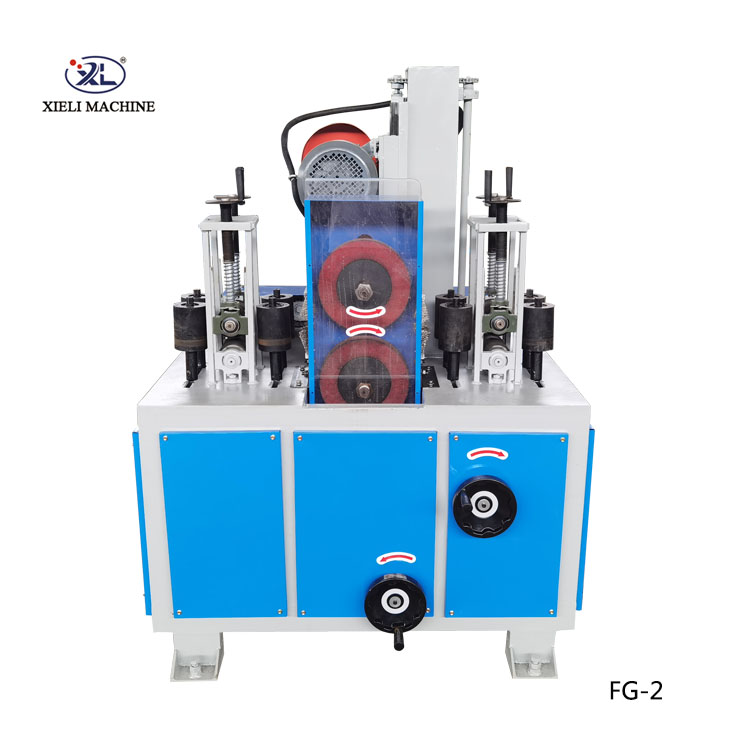Understanding Centerless Grinder Wheels Essential Components for Precision Grinding
Centerless grinding is a manufacturing process that allows for the efficient grinding of various materials, particularly metals, into precise shapes and sizes. The heart of this process lies in the choice of grinding wheels, which play a critical role in determining the overall effectiveness and efficiency of centerless grinders. In this article, we will explore the types, characteristics, and considerations surrounding centerless grinder wheels.
What are Centerless Grinder Wheels?
Centerless grinder wheels are specialized abrasive wheels used in centerless grinding machines. These wheels operate without the need for aligning the workpiece between centers, relying instead on a combination of a grinding wheel, a regulating wheel, and a work-rest blade. The grinding wheel is responsible for removing material from the workpiece, while the regulating wheel maintains the workpiece's position and rotation speed.
Types of Centerless Grinder Wheels
There are several types of wheels available for centerless grinding, each designed for specific applications
1. Infeed Wheels Typically used for parts with complex profiles or varying diameters. These wheels allow the workpiece to be fed into the grinding zone at a specified angle. 2. Thru-Feed Wheels Ideal for parts of uniform diameter, these wheels enable continuous feeding of the workpieces through the grinding process, making them suitable for high-volume production.
3. Regulating Wheels These wheels differ from the grinding wheel in that they have a different surface finish and hardness. They help control the speed and movement of the workpiece.
Material Composition
The materials used for centerless grinder wheels can include a range of abrasives such as aluminum oxide, silicon carbide, and diamond, depending on the grinding application's requirements
. The choice of abrasive material influences the wheel's durability, grinding speed, and the quality of the surface finish achieved.centerless grinder wheels

1. Aluminum Oxide Commonly used for grinding ferrous metals, it provides a good balance of cutting performance and wheel life. 2. Silicon Carbide Best suited for non-ferrous materials and hard metals, silicon carbide wheels are known for their sharpness and ability to produce a finer finish. 3. Diamond Wheels Used for hard materials such as ceramic and carbide, diamond wheels are extremely durable and offer the longest service life.
Characteristics to Consider
When selecting the right centerless grinder wheel, several characteristics should be evaluated
1. Grit Size The size of the abrasive particles in the wheel affects the grinding process. Coarser grits remove material quickly, while finer grits are better for achieving smoother finishes.
2. Bond Type The bond holds the abrasive particles together; common types include vitrified, resin, rubber, and metal bonds. The bond type can influence the wheel's performance and wear characteristics.
3. Wheel Diameter and Width The size of the wheel must match the specific requirements of the workpiece and the grinding machine. Larger wheels typically provide greater surface area and increased productivity.
4. Hardness The hardness of the wheel determines its resistance to wear and to the pressures exerted during the grinding process. Softer wheels are suitable for harder materials and higher stock removal rates, while harder wheels are better for achieving fine finishes.
Conclusion
Centerless grinder wheels are essential for achieving precision and efficiency in the grinding process. Understanding the various types, materials, and characteristics of these wheels allows manufacturers to make informed choices that enhance production quality and reduce operational costs. As technology advances, innovations in wheel design and materials will continue to improve the capabilities of centerless grinding, ensuring its relevance in modern manufacturing processes.
By investing in the right centerless grinder wheels and optimizing their usage, businesses can achieve optimal results, enhancing both productivity and the quality of finished products.









